E-textile testing and standards are evolving
At the 2020 Virtual Expo session, “Ask the Expert: Textile Electronics Testing and Standards,” Jesse Jur, a professor at the Wilson College of Textiles, North Carolina State University, discussed how standards and testing continue to evolve due to the evolution of textile-based electronics (e-textiles). Jur said that standards have long been a vital resource for communicating and validating textile materials and products. The evolution of e-textiles means the complexity of the product meshes electronics standards with textile standards. “This is exciting stuff,” says Jur. “But we need to develop standards carefully so that newly developed textiles products will meet consumer expectations.”
Jur provided a high-level overview of the e-textile standards process and strategy his lab employs using examples from the NEXT research team at NC State’s Wilson College of Textiles. The goal of his lab is to learn how to design textiles to meet specific standards and how to design methods to evaluate those textiles. The lab does intensive testing of textiles and the results of adding electronic devices to those textiles.
Jur reinforced the importance of standards in supporting global trade requirements and the benchmarking of materials, which is critical for comparing one material to another to facilitate early market adoption. He said it is important for companies to understand standards for different components of an e-textile and the resources available using existing risk assessment guidelines. Especially important, says Jur, is the definition of the use case by which standards are developed in order to encourage consumer confidence and improve the performance of the advanced function of an e-textile.
“When it comes down to it, you want to be testing for the use case,” says Jur. “Many companies don’t have a realistic use case scenario and over-engineer things.”
Registration for ATA Virtual Expo 2020 is open through Nov. 12. All Expo sessions will be posted on the Virtual Expo platform for viewing during Expo and for 30 days after Expo has concluded.










